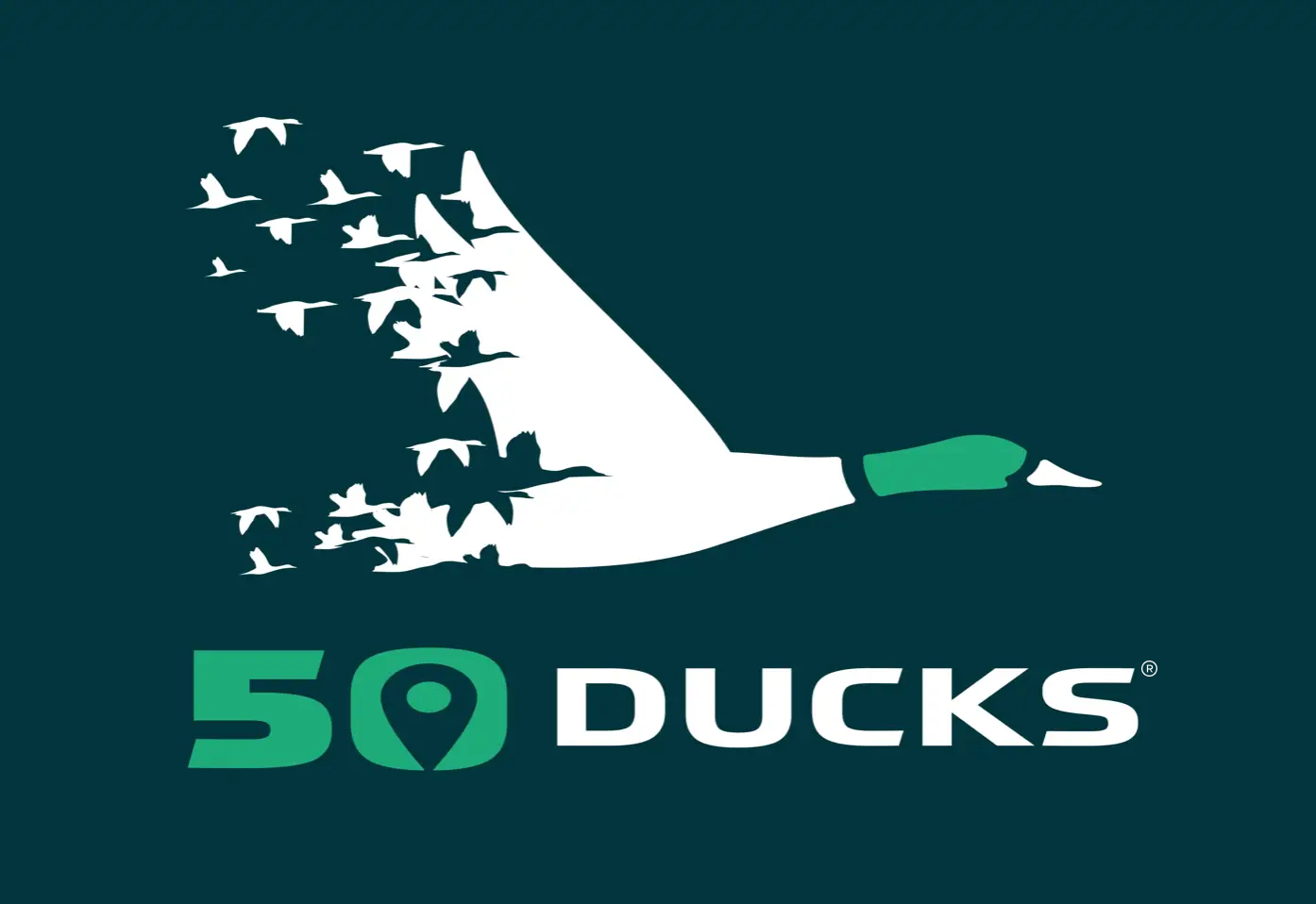How To Implement Duck Tagging for Future Study
Greer Smith
February 8, 2024
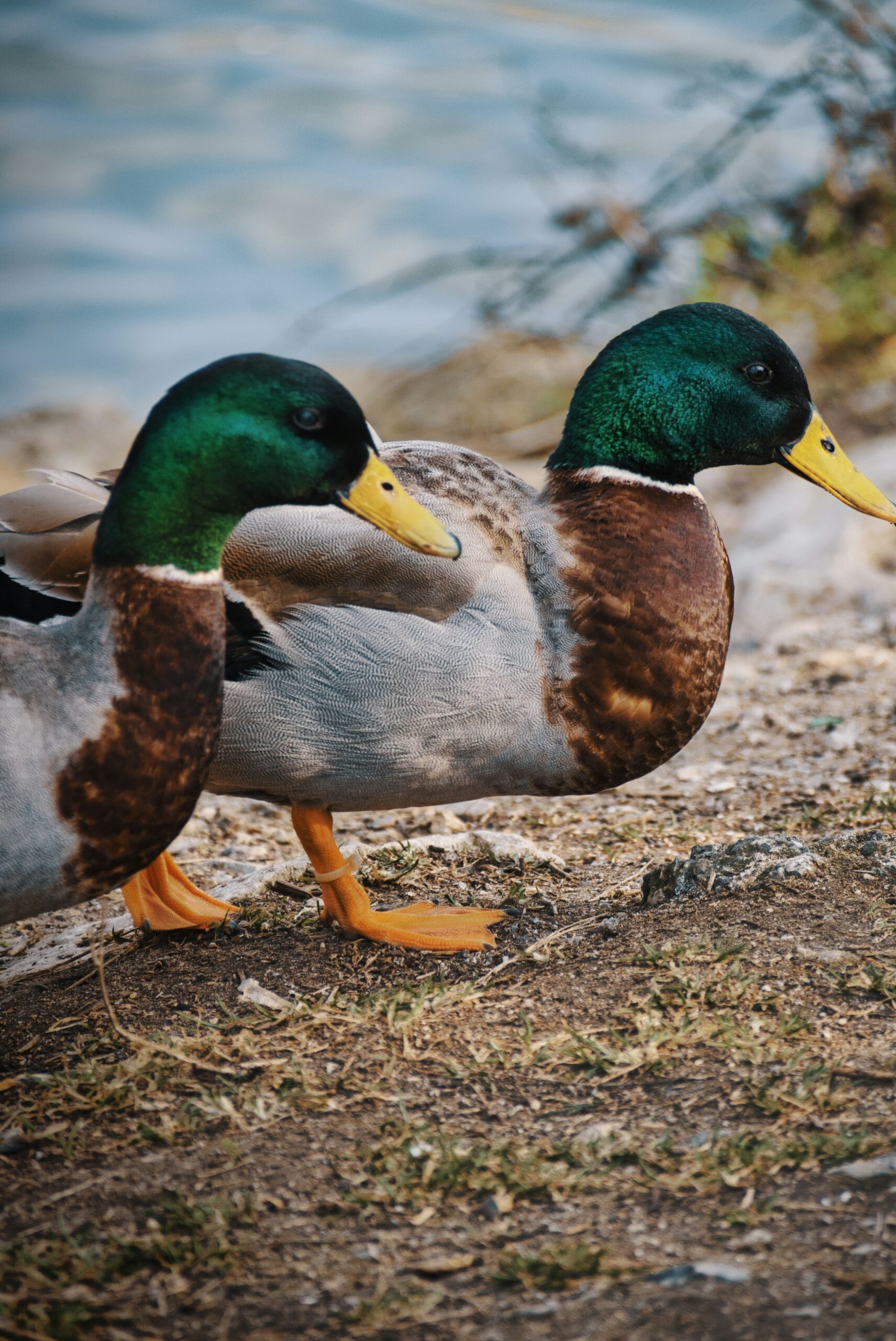
Duck tagging is a cornerstone of avian research, enabling precise tracking through collections of critical data on waterfowl movements, habits, and population trends. This practice provides indispensable insights for wildlife biologists who are piecing together the complex ecological puzzle of habitat preferences, breeding success, and survival rates.
By revealing the methodology of how to tag a duck, we contribute to the vital conservation efforts that inform responsible hunting regulations and strategies, ensuring the perpetuation of thriving duck populations. Here’s the step-by-step process to implement tags for research and future study.
1. Gather Essential Tools and Materials
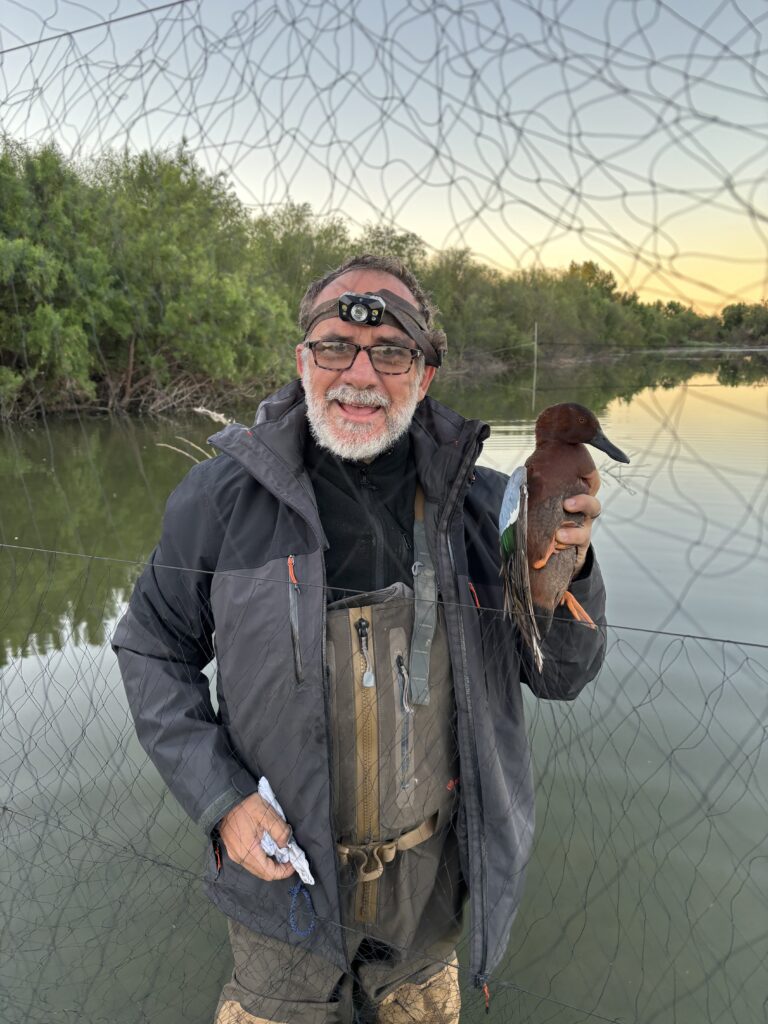
To accurately tag a duck for scientific study, procuring the proper tools and materials is the first step. Aluminum leg bands are foundational to duck tagging, each engraved with a nine-digit code to track individual birds. The last digit on each code denotes the band size, which correlates with waterfowl species.
Recently, colored leg bands have emerged as favorites for their long-distance visibility; these plastic markers are inscribed with unique codes and come in multiple hues to signify different tagging regions. Similarly, neck bands made from plastic or flexible vinyl also carry unique alphanumeric sequences for identification.
Select the appropriate bait trap, whether a swim-in model for aquatic settings or a walk-in type for land, to allow for the safe capture of ducks. Once secured, ducks are placed into holding crates before banding commences. Finally, a pair of needle-nose pliers proves indispensable for attaching bands without harm, rounding out the essential toolkit for duck tagging.
2. Choose the Right Duck for Tagging
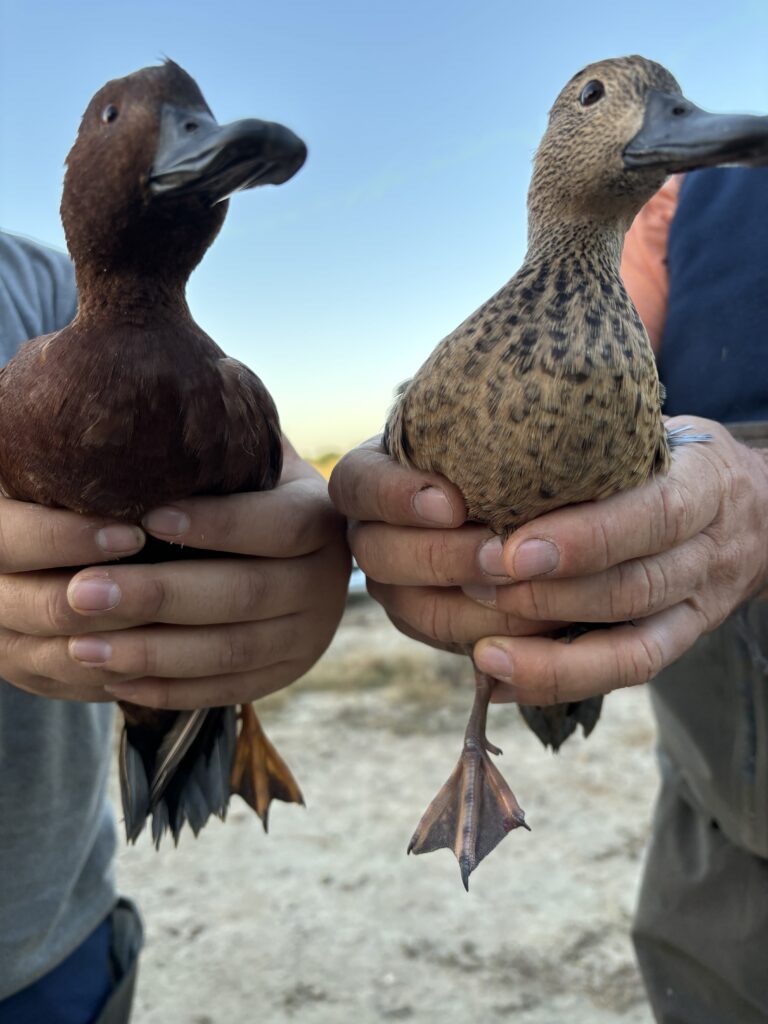
To select the optimal duck for tagging, align research objectives and species prevalence. For example, the mallard is a frequent subject due to its high population, with over 6.2 million banded by 2004, followed by the Canada goose and the blue-winged teal.
When determining which ducks to tag, record both age and sex to provide comprehensive data. Engage in these practices ethically and adhere to The Banders Code of Ethics. It prioritizes the well-being of birds, their habitats, and people. Your research should never interfere with waterfowl welfare or the integrity of the ecosystem.
Once you learn how to tag a duck, the subsequent information will enhance conservation efforts. With data from tagged birds, wildlife management can structure hunting seasons and limits to support a thriving duck population, thus benefiting both conservation and recreational birding communities.
3. Prepare for Duck Tagging
Before planning a duck tagging expedition, study state and federal regulations. Research beforehand and acquire the necessary permits and licenses before you proceed.
Whether affiliated with federal and state agencies, universities, bird observatories, or private endeavors, banders must demonstrate competence in trapping, handling, and banding of birds.
The responsibility lies with the applicant to procure training independently. Understanding the nuances of licensing requirements is imperative, as banding falls under the governance of the Migratory Bird Treaty Act.
Plan tagging locations carefully and weigh the benefits of natural habitats against controlled environments. Researchers should be well-versed in the regulations specific to each duck species they intend to tag, ensuring compliance with legal and ethical standards.
4. Catch and Restrain the Duck
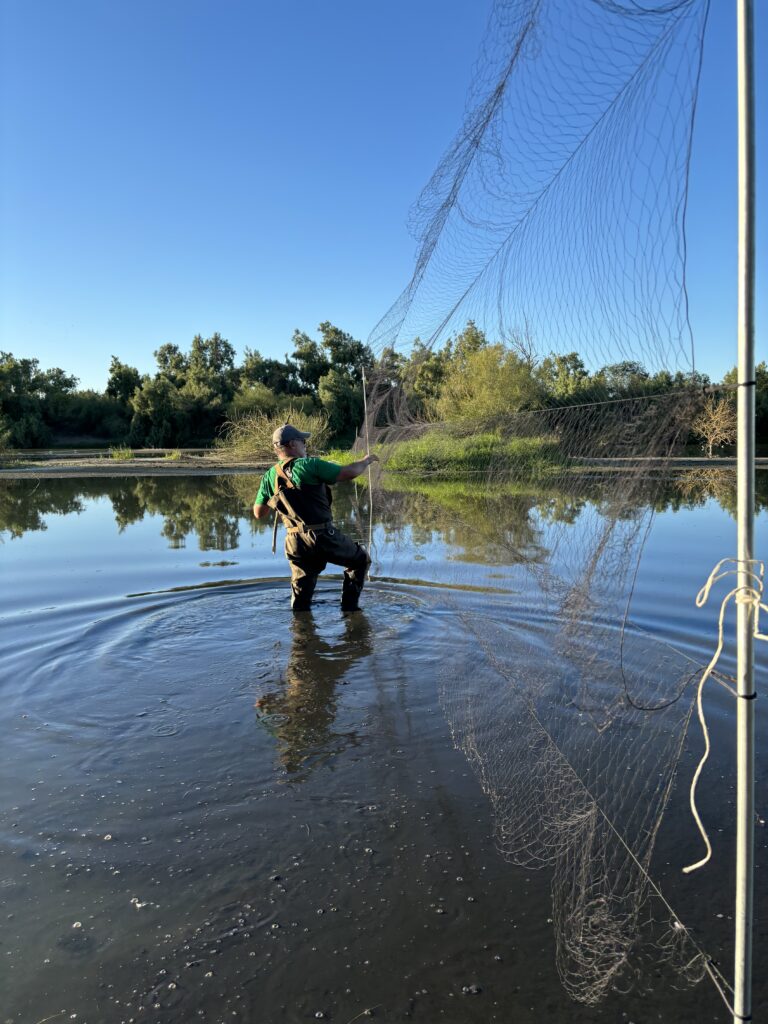
Efficiently capturing ducks for tagging requires finesse and a deep respect for the animal’s well-being. Taking inspiration from historical techniques, such as those displayed by the Jack Miner Sanctuary, modern banders often employ pre-built traps between water bodies.
These traps have dual openings, allowing for seamless duck movement while offering enticing grain bait. At the opportune moment, banders can remotely seal the trap, ensuring a safe and non-traumatic containment of the birds. Alternatives like small-scale chicken wire traps or strategically placed mist nets are also effective, particularly at temporary banding sites or along popular flyways where ducks naturally congregate at dawn.
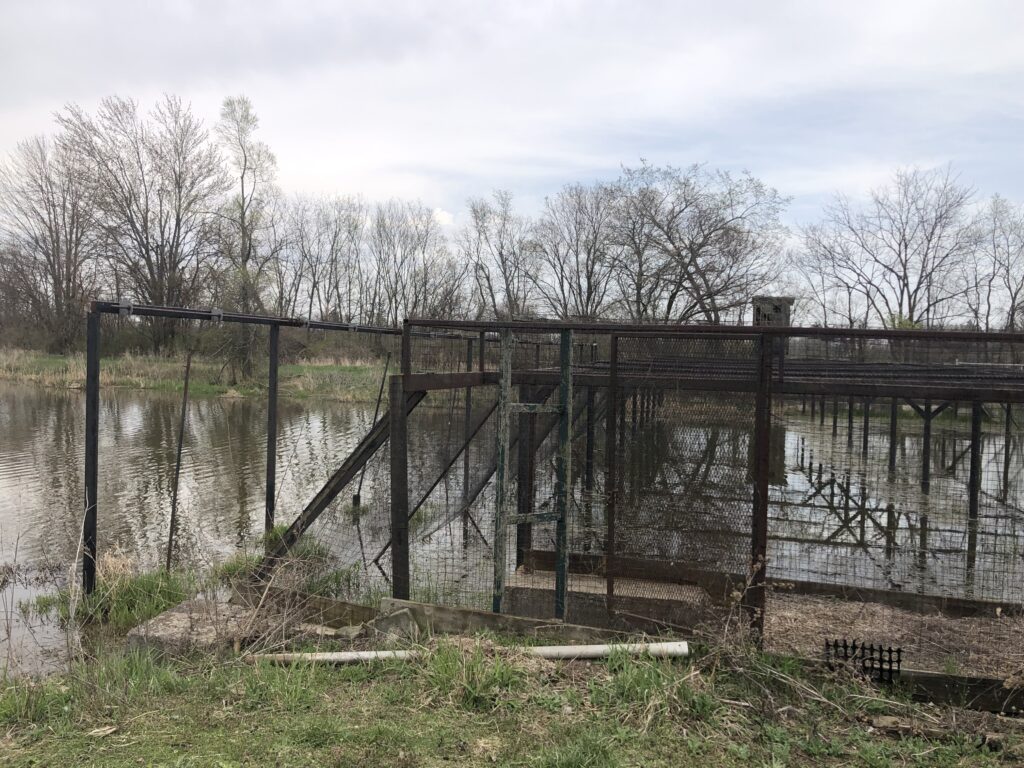
Once in hand, researchers must practice assured yet gentle handling to prevent injuries to both the duck and themselves. Inverting a duck calms it, facilitating a smoother banding process. Specially designed pliers will help to secure the band without creating sharp edges. This delicate operation highlights how to tag a duck with care.
5. Take Measurements & Apply Bands
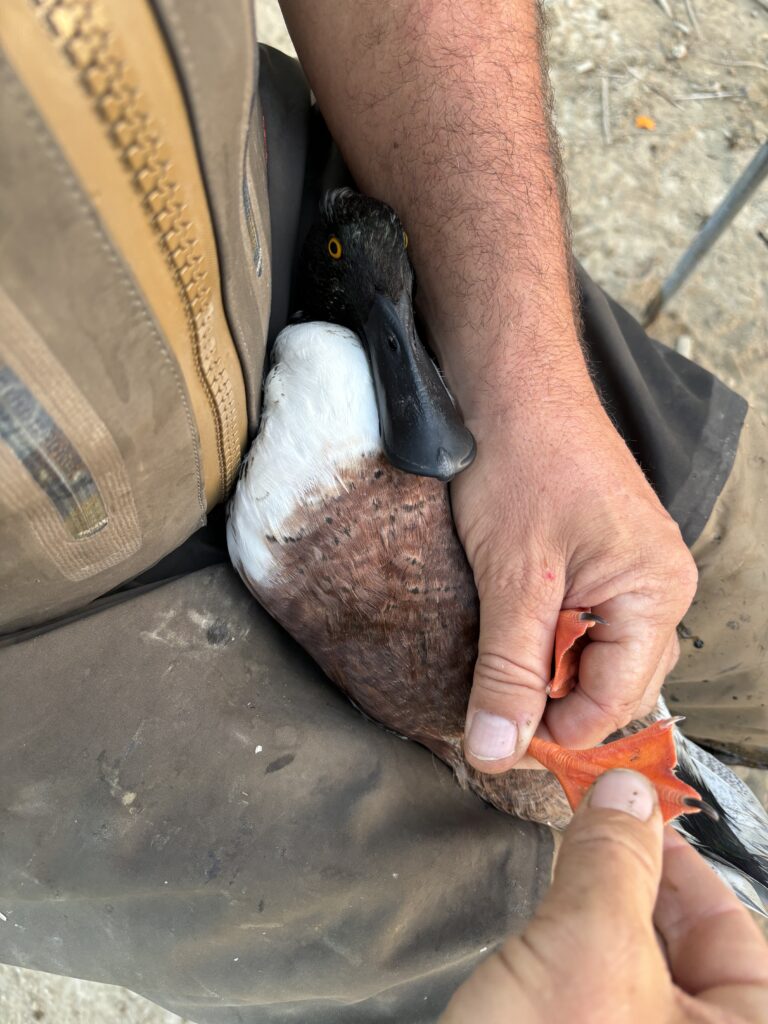
In the meticulous process of duck tagging, precise measurements and proper banding ensure success. Once you gently restrain the ducks, the comprehensive assessment begins. Extend the wings to measure the wing cord and determine both sex and age. Next, we weigh each bird using fine-tuned scales designed for accuracy.
With the essential metrics recorded for scientific study, attention turns to the banding application. Keep in mind that this procedure varies and is not a one-size-fits-all. Be sure to select species-specific tags to accommodate varying leg sizes. We want to ensure each band is secure yet comfortable for the bird. The moment a band wraps around a web foot marks a crucial intersection between individual animal care and the broader scope of avian research.
As each metal band, issued by the USGS and inscribed with a unique serial number, clicks into place, logging begins for future data analysis. This diligent record-keeping is fundamental for tracking migration patterns and population dynamics, providing a wealth of information with every recovery of a banded bird.
6. Release & Organize Collected Data
The final step in the duck tagging journey is twofold. First, you carefully release the ducks back into their habitat. And then you meticulously organize the data collected. Releasing the tagged ducks allows these birds to resume their natural behaviors, providing a living dataset that roams across skies and waterways.
Waterfowlers play an integral role in this cycle, often reporting the banded ducks. For their participation, they receive a certificate detailing their history and journeys, which fosters a deeper connection to the wildlife they encounter.
In our technologically advanced era, organizations like 50 Ducks harness real-time GPS tracking, transforming each tagged duck into a mobile research unit that charts migration routes and habitats.
This influx of data is invaluable to researchers and conservationists, feeding into online platforms where bird enthusiasts contribute to a growing body of knowledge. These insights from various sources help inform sustainable hunting regulations and underscore the importance of habitat preservation.
Wrapping Up
As we conclude, the knowledge shared on how to tag a duck proves invaluable. With clarity, now you can select tools and species, secure permits, and expertly catch and tag. Each step forms a vital layer in the fabric of avian conservation.
Duck tagging is a testament to responsible research and its indelible impact on protecting waterfowl populations. Join us here at 50 Ducks today. We promote conservation by tracking migration patterns across the United States, Canada, and Mexico. With us, you can contribute to global ecological balance and ignite passion among future generations.
